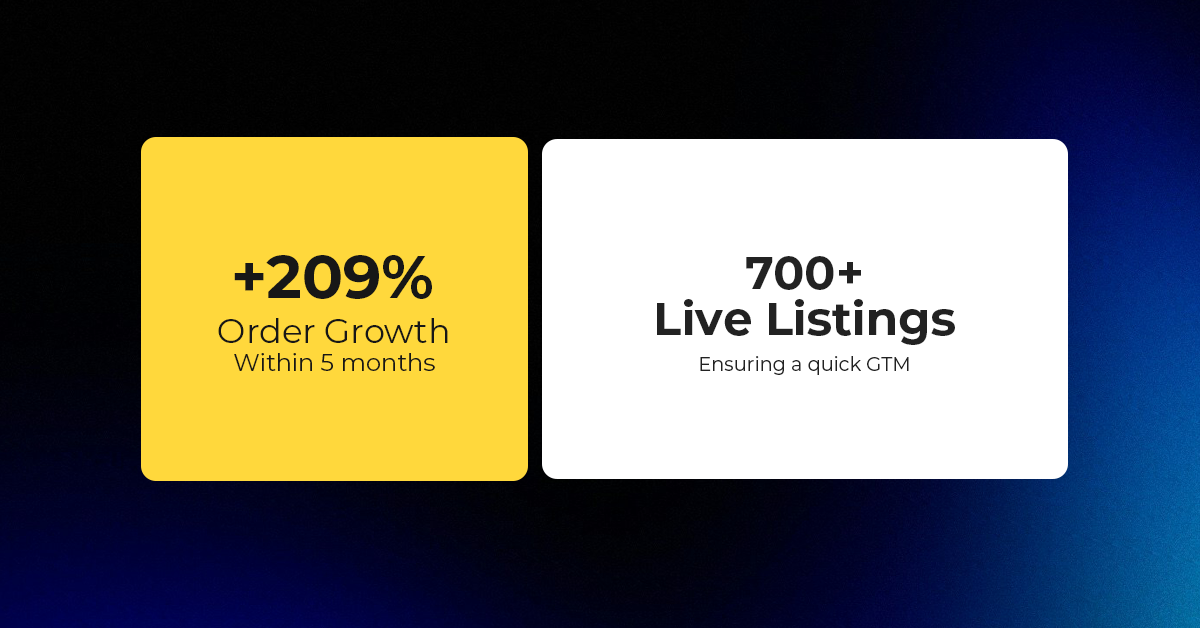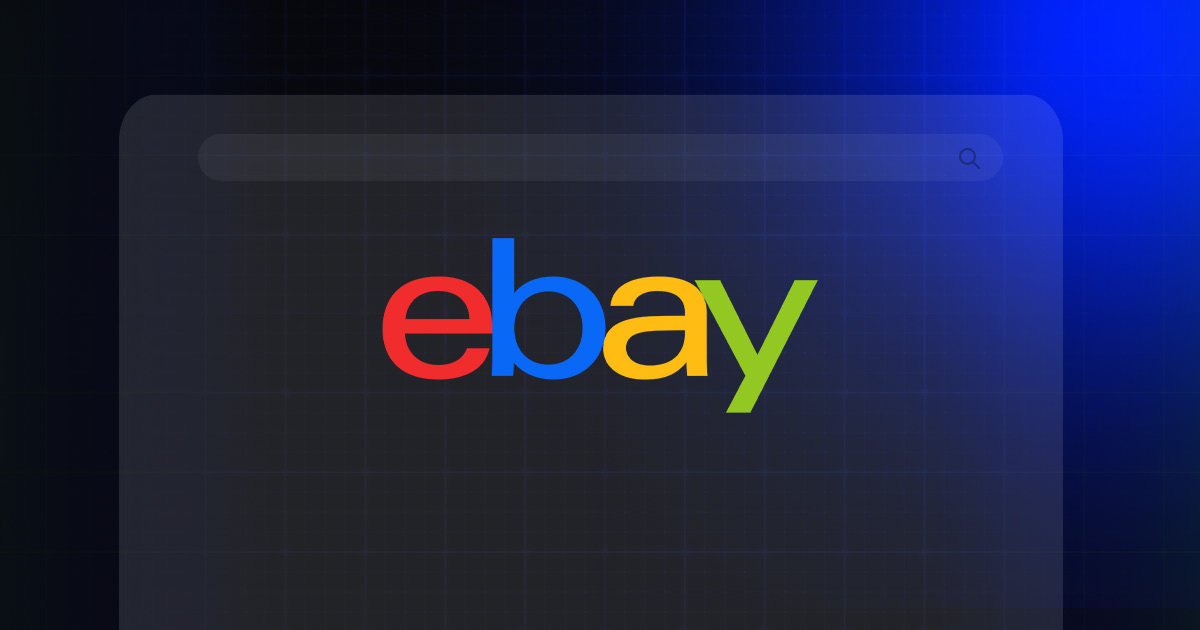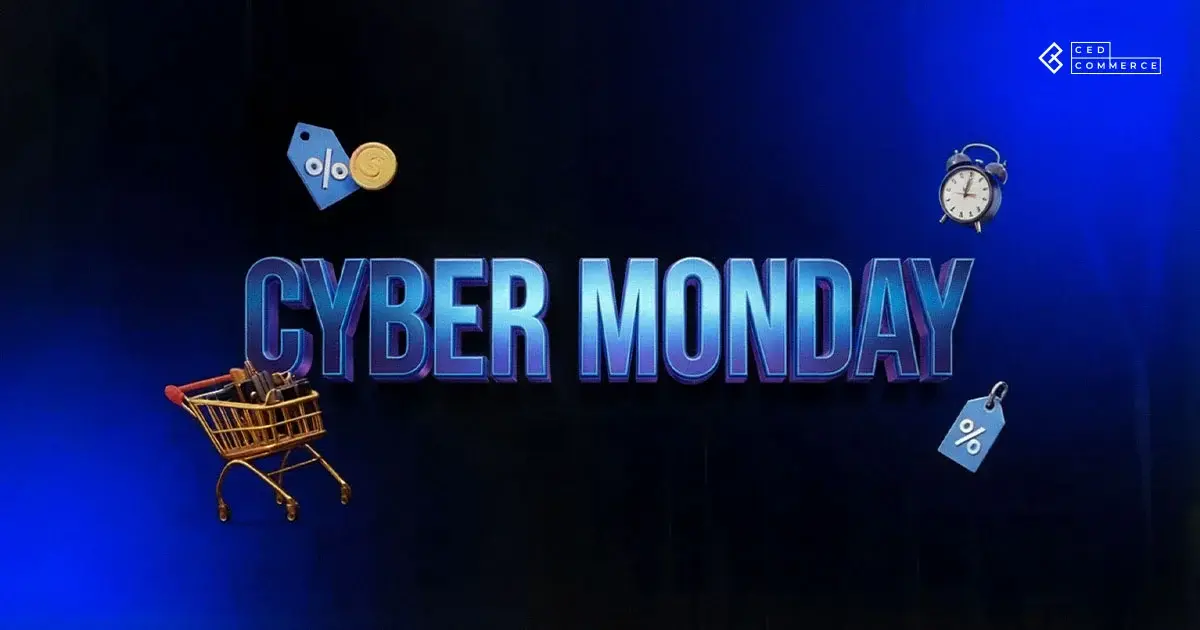Centralized Catalog, Faster Publishing: 40ParkLane’s Marketplace Success with CedCommerce
Reading Time: 4 minutesAbout the Brand: 40ParkLane LLC Studio40ParkLane is a design-led print-on-demand brand created…
When you hear “Apple,” do you picture the latest iPhone or a piece of fruit? And when someone says, “Just Do It,” is it Nike that comes to mind? That’s the magic of strong branding—turning everyday words and images into powerful business symbols that stand out in a crowded market. Branding in eCommerce isn’t limited to just a logo or a tagline; it’s the personality of your business. It sets you apart and leaves a lasting impression on your customers. But creating a strong brand doesn’t happen overnight. It takes careful planning, investment, the best cross-channel eCommerce branding strategies, and a consistent and clear vision to make your brand memorable. The secret ingredient? Consistency. Every interaction—whether it’s on your website, through social media, or with customer service—should have brand consistency and feel like a seamless part of your eCommerce brand story.
In this blog, we’ll dive into why consistency in cross-channel branding is essential for eCommerce sellers and explore strategies to build a brand that sticks with your customers.
Brand consistency in eCommerce refers to the practice of maintaining a uniform visual identity, messaging, and tone across all platforms and touchpoints. Whether a customer interacts with your brand via your website, social media, or email, they should have the same experience.
In the eCommerce landscape, where customers engage with brands across multiple channels, maintaining a consistent brand identity is essential. This consistency not only reinforces your brand’s presence but also helps in building customer trust. Imagine if Nike suddenly changed its slogan on Instagram but kept the original on its website. This inconsistency could confuse and alienate customers.
Consistent branding helps your eCommerce business stand out by building brand recognition, trust, and credibility. It strengthens customer loyalty, portrays professionalism, and amplifies the effectiveness of your marketing efforts across various channels. By maintaining a consistent identity, your brand becomes more memorable, leading to increased customer engagement and long-term success.
Consistency in eCommerce helps customers easily recognize your brand. No matter where you are, you can identify a brand by its logo, tagline, or any other remarkable branding feature if it remains consistent. This repetition cements your brand in the minds of consumers.
Customers are more likely to trust a brand that is consistent in its messaging and appearance. For instance, Amazon has maintained a consistent customer-first message across all its platforms, which has played a significant role in building its loyal customer base.
A consistent brand image portrays professionalism and credibility. Not just that, it also helps reinforce a brand’s identity as an industry leader.
When your branding is consistent, your marketing efforts across various channels are amplified. eCommerce brands that use the same tone, style, and visuals in all their campaigns can ensure their message is not diluted, leading to better results.
Maintaining brand consistency in eCommerce can be challenging due to the complexity of managing multiple channels, adapting to trends without losing your core identity, and ensuring that all departments within the organization are aligned with brand guidelines. These challenges require careful planning, communication, and regular audits to keep your brand consistent across all touchpoints.
With the rise of omnichannel marketing, keeping branding consistent across diverse platforms like websites, social media, emails, and physical stores has become more complex. A streetwear fashion brand, for example, must ensure that its branding is uniform across its online store, app, social media channels, and physical locations. If it appears luxe or traditional on any of the platforms, it nullifies the branding objectives.
While it’s important to stay current with trends, it’s equally crucial to ensure that these trends align with your brand identity.
Ensuring that all departments, from marketing to customer service, are aligned with brand guidelines can be challenging. This requires regular communication and training to maintain consistency.
Discover how a seemingly simple rebranding attempt by Tropicana turned into a major branding disaster. Learn about the key mistakes that led to a significant drop in sales and explore strategies to avoid similar pitfalls in your own branding efforts.
To ensure brand consistency, develop a comprehensive brand style guide that outlines your visual identity and messaging. Conduct regular brand audits to identify and correct any inconsistencies. Utilize brand management tools to maintain uniformity across platforms, and invest in training and communication to align all departments with your brand’s guidelines.
A brand style guide is essential for maintaining consistency. It outlines the rules for your brand’s visual elements, such as logos, colors, fonts, and messaging. By defining these elements clearly, you ensure that every piece of content, whether on your website, social media, or printed materials, reflects your brand’s identity uniformly. This guide serves as a reference for everyone involved in content creation, from designers to marketers. Thus, it’s definitely one of the best eCommerce branding strategies to take your business to success.
Consistency across all channels—whether it’s your website, social media, emails, or offline materials—is crucial. Every platform should deliver the same message, tone, and visual identity, reinforcing your brand’s presence and making it easily recognizable to your audience. Uniformity ensures that customers have a seamless experience, no matter where they interact with your brand.
High-quality content is the cornerstone of effective branding. Whether it’s blog posts, videos, or social media updates, your content should consistently reflect your brand’s values and quality standards. High-quality content not only attracts and retains customers but also reinforces your brand’s credibility and professionalism.
Planning is key to consistent cross-channel branding. By creating a content calendar, you can ensure that your messaging is aligned across all channels and timed effectively. A well-planned calendar helps in maintaining a steady flow of content, avoiding inconsistencies or gaps that could confuse your audience. Investing time in content planning also allows for strategic alignment with business goals and seasonal trends.
Regular brand audits are essential for ensuring that all aspects of your branding remain consistent and effective. By periodically reviewing your branded content across various channels, you can identify inconsistencies or areas where your brand might have drifted from its core identity. Audits help in realigning your brand strategy and making necessary adjustments to stay on track.
Brand management tools can streamline the process of maintaining cross-channel branding and brand consistency. These tools help in storing, managing, and distributing brand assets, ensuring that everyone in your organization has access to the correct versions of logos, templates, and other materials. They also provide analytics to monitor brand performance and ensure compliance with your brand guidelines.
Ensuring that all team members understand and adhere to your brand guidelines is critical. Regular training sessions can keep everyone on the same page regarding your brand’s values, messaging, and visual identity. Open communication channels allow for feedback and ensure that any brand-related issues are promptly addressed. This collective effort across departments ensures that your brand is consistently represented in all interactions.
In the competitive world of eCommerce, consistent branding is not just a strategy—it’s a necessity. It builds trust, enhances customer loyalty, and improves marketing effectiveness. By developing a brand style guide, conducting regular audits, and using the right tools, you can ensure your brand remains consistent across all channels. Understanding your business to craft the best eCommerce branding strategies is key to staying consistent and relevant across channels. Evaluate your current cross-channel branding efforts, identify areas of inconsistency, and make the necessary changes to strengthen your brand’s identity.

Reading Time: 4 minutesAbout the Brand: 40ParkLane LLC Studio40ParkLane is a design-led print-on-demand brand created…

Reading Time: 3 minutesAbout the Company Brand Name: David Protein Industry: Health & Nutrition (Protein…

Reading Time: 3 minutesOnline retail spending in Germany is entering a renewed growth phase after…

Reading Time: 4 minutesTikTok Shop has released a comprehensive Beauty and Personal Care Products Policy,…

Reading Time: 4 minutesTikTok Shop has formally outlined comprehensive requirements for expiration date labeling and…

Reading Time: 3 minutesTikTok Shop is raising its sales commission for merchants across five active…

Reading Time: 11 minutesBy now you have seen your BFCM 2025 numbers. The harder question…

Reading Time: 3 minutesAbout the Brand Name: Vanity Slabs Inc Industry: Trading Slabs- Vanity Slabs…

Reading Time: 2 minutesAbout the Brand Name: Ramjet.com Industry: Automotive Parts & Accessories Location: United…

Reading Time: 2 minutesAmazon is rolling out strategic referral fee reductions across five major European…

Reading Time: 4 minutesQuick Summary: Scaling Lifestyle Powersports on eBay with CedCommerce Challenge: Zero marketplace…

Reading Time: 4 minutesTikTok has surpassed 460 million users across Southeast Asia, reinforcing its position…

Reading Time: 3 minuteseBay has released its final seller news update for 2025, with a…

Reading Time: 3 minutesAmazon has clarified its stance regarding speculation around a potential breakup between…

Reading Time: 4 minutesWalmart is accelerating its push into next-generation fulfillment by expanding its drone…

Reading Time: 4 minutesFaire, the fast-growing wholesale marketplace connecting independent retailers with emerging brands, has…

Reading Time: 4 minutesB2B buying in the United States is undergoing a fundamental behavioral shift…

Reading Time: 3 minutesSummary Cyber Monday 2025 has officially become the largest online shopping day…

Reading Time: 2 minutesSummary Amazon kicked off December with two major developments shaping the future…

Reading Time: 2 minutesSummary Walmart has entered December with two major moves that signal a…